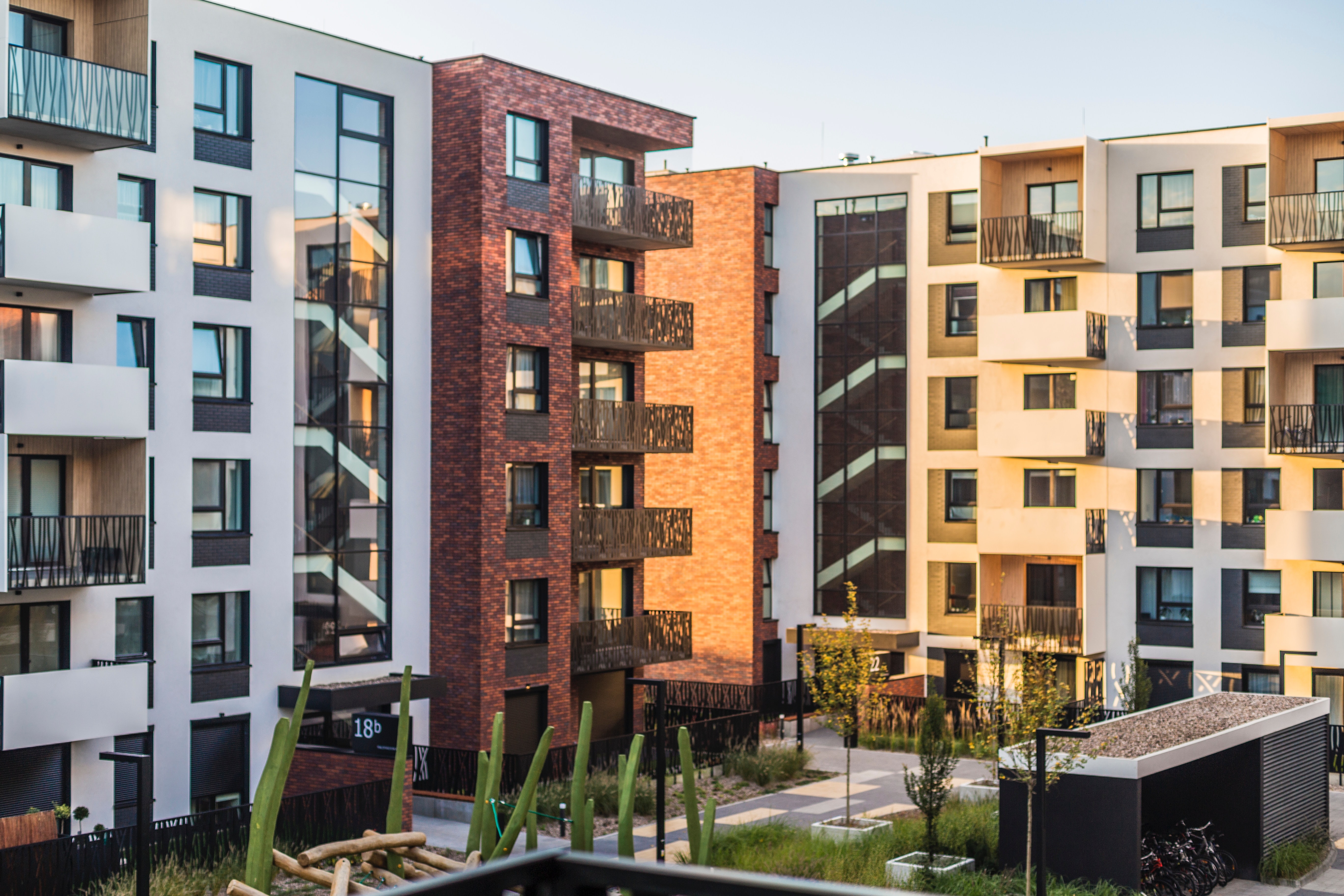The results from the recent Housing Delivery Test showed that England delivered 144% of the target.
However, housing delivery targets can be an inaccurate reflection of national performance – failing to show how we are actually doing at building homes where they are most needed. Particularly when we consider that achieving significantly over target is still bringing us up short of the 300,000 homes needed to combat the housing crisis.
So how could the industry accurately reflect the performance of local authorities?
We hosted a webinar with Paul Smith, Managing Director at The Strategic Land Group, and our very own Data Journalist, David Heasman, to chat through some of the key insights from the housing delivery test, and what could be done to improve the current system.
How can we improve housing delivery?
Housing delivery is a nuanced and complicated issue with no silver bullet. But here are some of the insights our experts shared that could go a long way to improve the situation.
-
Release Green Belt land
There tends to be a link between housing delivery performance, the amount of Green Belt land in a local authority, and the status of their local plan.
“Areas of the Green Belt, especially the home counties area, tended to be the areas that were not doing well with their targets.” – David Heasman
The reason for this? Building on Green Belt land is unpopular.
Even if a local authority has a presumption in favour, and should in theory be more likely to grant permission for developing in the Green Belt, the political weightiness of the subject often prevents it from happening.
Green Belt land often does not match up to popular perception of it. It’s not all rolling fields and scampering lambs, but can be similar to the brownfield sites highly coveted by developers. And releasing just a small proportion of it would go a long way to relieving the housing crisis.
In fact, we crunched the numbers (based on data from DLUHC Green Belt Statistics) and calculated that if we assume around 30 dwellings per hectare (a fairly conservative estimate) releasing just one percent of Green Belt land would be enough to build 484,743 homes.

-
Keep local plans up to date
If you’re a local authority that isn’t constrained by the Green Belt, having a strategy, rather than simply reacting, is key for making sure you’re delivering enough homes.
The idea of an adopted Local Plan is to guide development to the most appropriate sites in your area. It helps developers understand what is needed where – as well as aligning demand and supply.
“We have a plan-led system and if you do not have a plan, you are not planning, you are either wishing or simply ignoring the problem.” – Paul Smith
As of 15th November 2021, 63% of Local Plans were out of date – which is having a knock-on effect on housing delivery.
There are a few reasons why some local authorities don’t adopt or update their Local Plan – largely due to a lack of incentive or concerns about housing targets being shifted.
Long-term clarity over methods for measuring housing targets (and the consequences if they are missed) could go a long way in encouraging more local authorities to tighten up their Local Plans and in turn, boost housing delivery.

-
Factor in economic adjustment
The standard method for calculating housing supply does not factor in economic adjustment, meaning we're not taking into account the two different delivery issues we’re seeing in the North and South.
In the South of England, affordability is the challenge driving the need for new homes as there’s a disconnect between supply and demand.
Areas in the North of England are facing a different problem – not enough homes are being built to factor in economic growth aspirations.
A potential result of the recent Levelling Up Whitepaper is that we may see housing figures increase in the North. Building desirable homes there and creating more job opportunities could help ease the pressure in the South.
But ultimately, we need to have a consistent way of measuring housing delivery performance. The more the method changes, the less incentivised local authorities will be to hit targets as they won’t have the certainty they’re going to stick.
Catch up on the on-demand webinar here
Housing delivery is a complex issue with no quick answers, but our experts offer a new way of looking at it.
If you want to catch all the insights from our expert webinar, you can watch the on-demand version below.
The session covered:
- How the housing delivery data compares to previous years
- What the wider implications of missed targets are
- How we can make the system more effective
Shannon is a Community Content Specialist at LandTech. Her marketing skills started young, when she designed the logo for her primary school (which they still use today). In fact, she's so persuasive, she once convinced John Bishop to give up his seat on a train (first class, no less).

